Christmas in Kraków consists of some rather quirky traditions that often leave the uninitiated scratching their heads. From the kick-off of the holiday season in late November - when the Christmas Market opens up in the main square, through December celebrations and right into January - when the Three Kings come to town in search of baby Jesus, Kraków is a bustling city full of holiday cheer.
In addition to the usual religious concerts and activities, you'll also encounter odd folk creations of shiny foil, farm animals, children in creepy costumes and perhaps even a fish swimming in the bathtub when you want to shower before Christmas Eve!
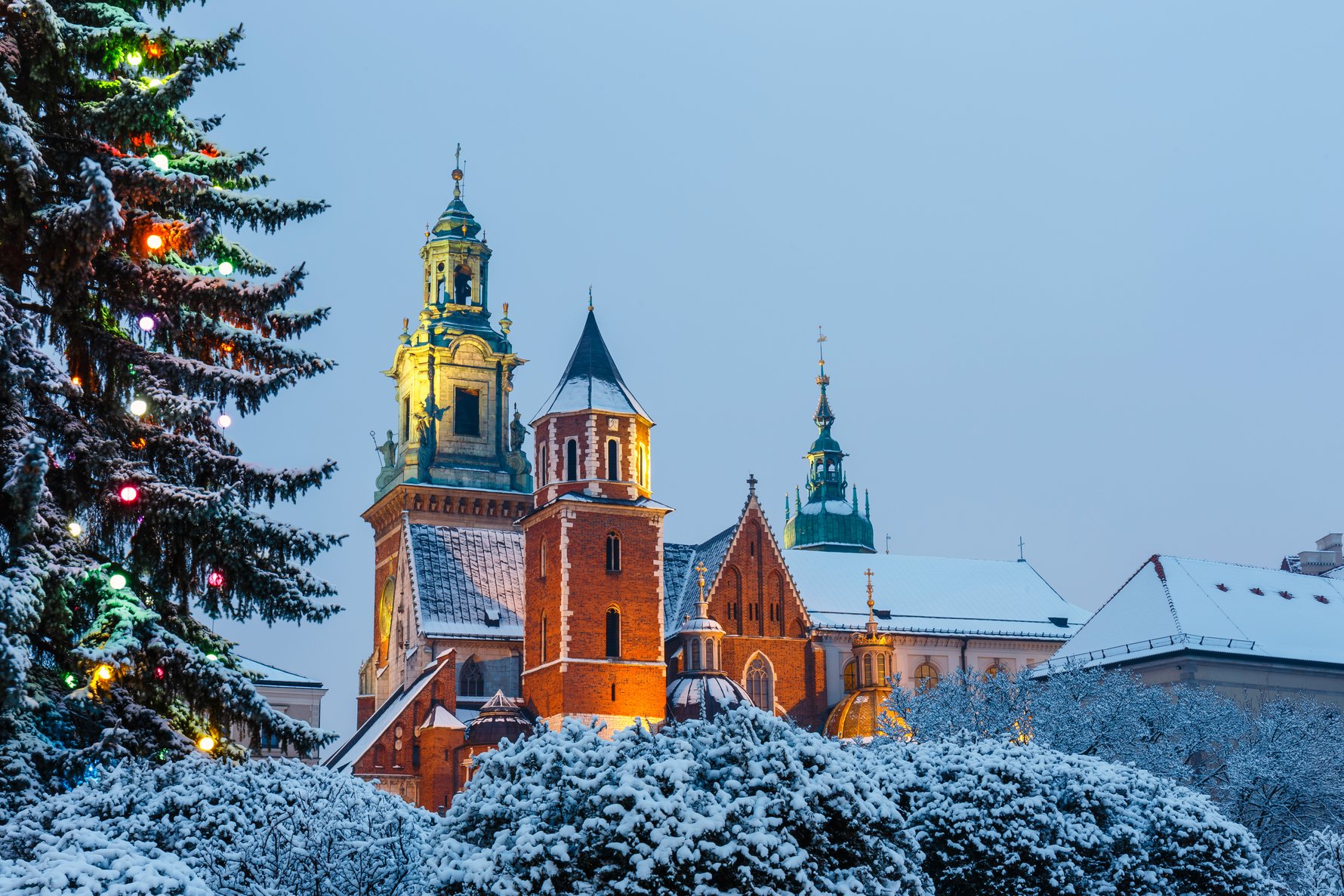
Wesołych Świąt i Szczęśliwego Nowego Roku!
[Phonetic translation: Ve-so-wick Shvee-ont (Merry Christmas)ee Shchen-shlee-vay-go No-vay-go Ro-koo! (and happy New Year!)]
The Kraków Market Square Christmas Fair
The opening of Kraków's main Christmas market on Rynek Główny - typically on the last Friday of November - marks the official kick-off of the holiday season. Undoubtedly the highlight of the local holiday season, the tradition of this annual Christmas fair began before WWII, was paused during the PRL era and then rekindled after the fall of communism (you know, when people were allowed to buy and possess things again). Occupying almost half of the enormous Rynek Główny, the fair features stall upon wooden stall selling all kinds of folk art and Christmas ornaments, candies and sweets, regional products, knitwear, toys, souvenirs, jewellery, pottery, partridges, pear trees and more. Food vendors also dish up hot regional food, which families share over picnic tables, while keeping warm with hot mulled wine (called ‘grzaniec’) dispensed from enormous wooden barrels on the square. A cultural stage presents a nearly constant flow of carollers, folk acts, theatrical performances and random acts of holiday spirit. Integral to the holiday experience in Kraków, and simply impossible to miss, the festive atmosphere begins on Friday November 28th, 2025, and ends on January 1st, 2026, and the stalls are generally open from 10:00-21:00.The Christmas Fair is open on Christmas Eve, Christmas Day and the 2nd day of Christmas (Dec. 26 - a public holiday), as well as New Year's Eve and New Year's Day (Jan. 1 - also a public holiday).
What are the best souvenirs and gifts to buy in Kraków?
There's a feature for that.
Advent (December 1st - 24th)
Although the holiday season indeed begins with a Christmas shopping market, it's hardly a shameless celebration of consumerism at the same level seen in many western countries. As opposed to participating in stampedes outside department stores, most Poles embark upon the period leading up to Christ's birth - known locally as 'Adwent' - by spiritually preparing for Christ’s arrival. During Adwent, Poles are expected to refrain from indulgences like partying, dancing and drinking, encouraged to help the less fortunate, and, of course, to attend Holy Mass as much as possible. How strictly these church-established guidelines are followed is entirely up to the individual, and having a look around town you’d hardly guess the holidays were a time of self-restraint and supposed prohibition. But it does go to underline the fact that in comparison to the west, Poland really puts the ‘Christ’ in Christmas; here ‘capturing the holiday spirit’ traditionally denotes an embodiment of Christian ideals.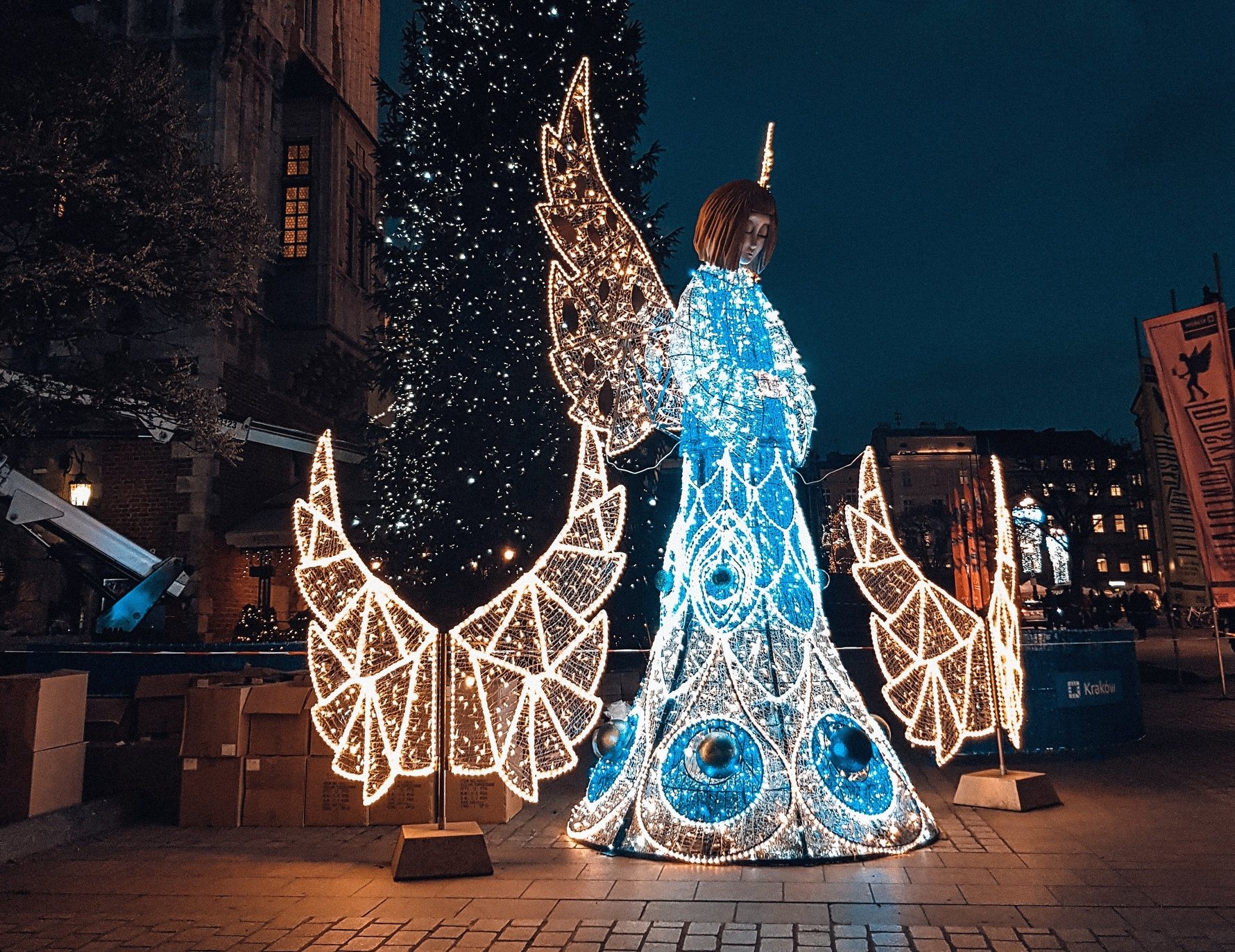
Kraków Christmas Cribs (Szopki Krakowskie)
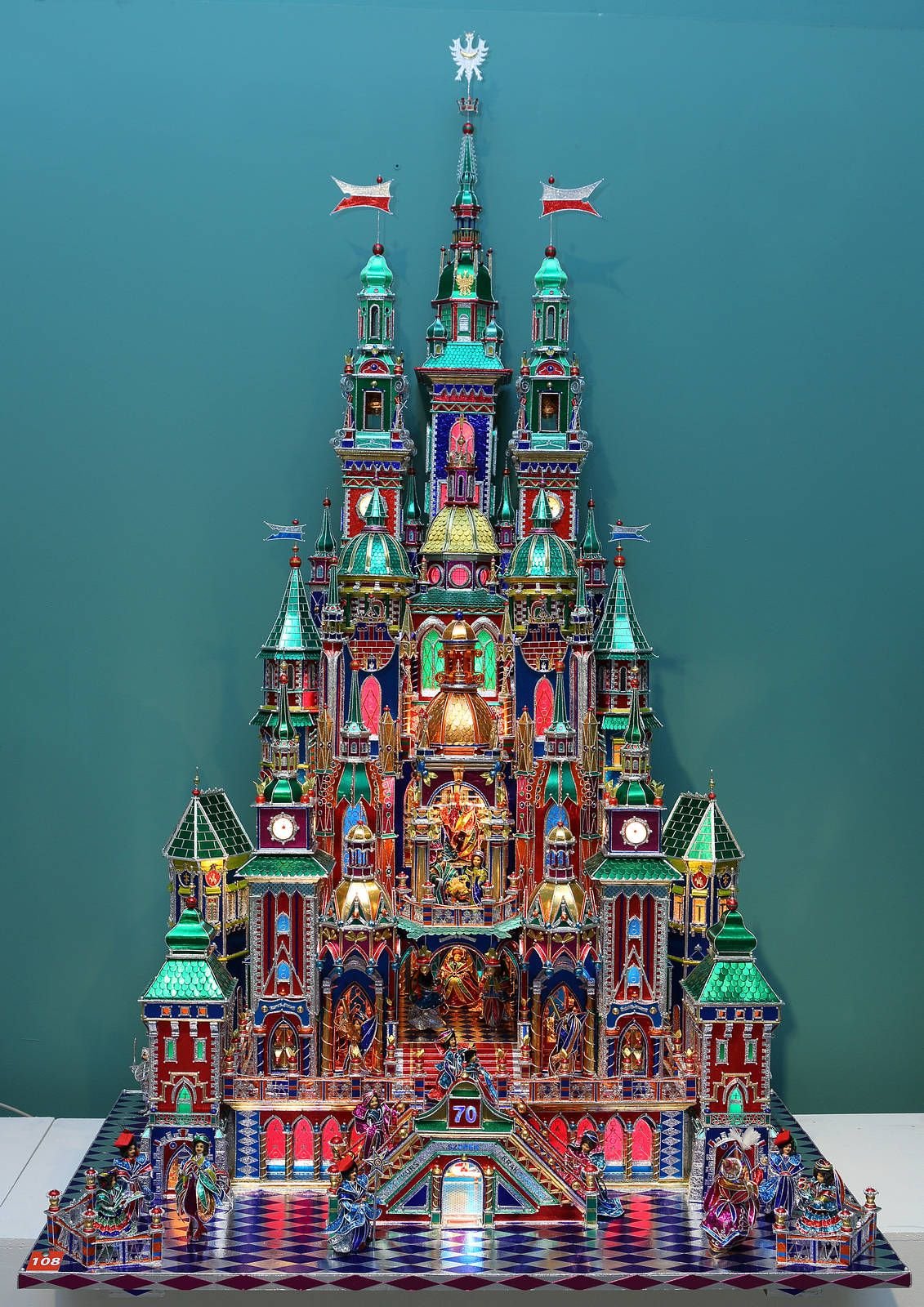
Popularised as a way for 19th century masons and other craftsmen to make some extra money during the drizzly autumn months, szopki are now made by all walks of life; in fact Cracovian szopki dynasties have developed as generations of the same family build new elaborate szopki every year. Using a variety of lightweight materials and covering them with coloured foil, ribbon and other shiny bits, a typical szopka is bright and cheerful and attempts to integrate the city’s topography into the traditional Bethlehem nativity scene. Though called ‘Christmas cribs’ in English, szopki look more like castles or cathedrals (in fact they in absolutely no way resemble cribs), the general rule being that they incorporate recognisable characteristics from Kraków’s architectural and historical monuments. Most szopki are loosely-based off the design of St. Mary’s Basilica, with its landmark spires; however, incorporating elements of other iconic buildings like Wawel Castle, the Cloth Hall and Barbican is also common practice. Generally, baby Jesus can be found amongst the glittering surfaces of the second floor, while the ground floor is tenanted by figures from Cracovian history and legend like Pan Twardowski, Tadeusz Kościuszko or the Wawel dragon.
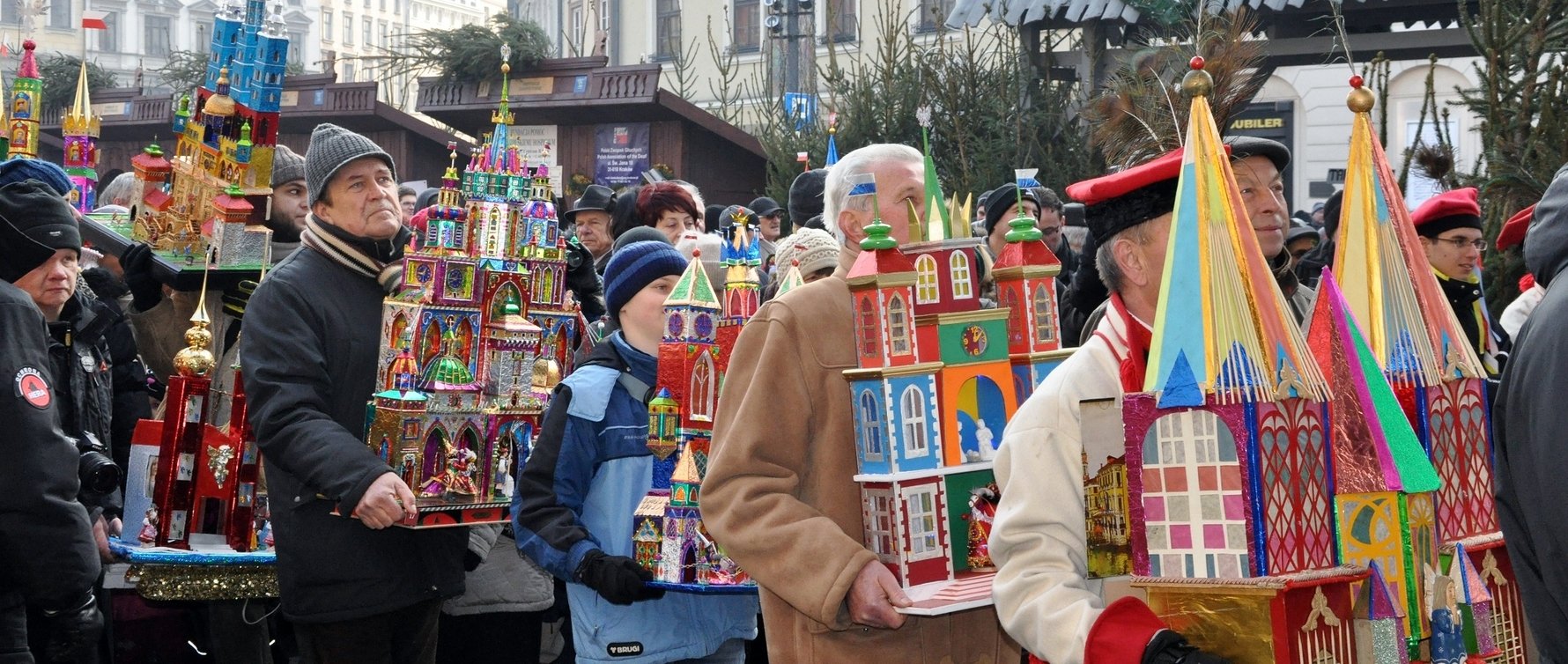
To support this unique folk tradition, the city has sponsored a szopka competition since 1937. This year’s event begins on December 4th at about 10:00 when crib-makers and szopka specialists begin gathering on the main market square with this year’s entries, displaying them for the public around the Adam Mickiewicz monument until about 12:00. Everyone is welcome to participate and encouraged to admire the truly bizarre and ornately decorated art-pieces of all sizes, free of charge. From December 8th, 2025 until March 1st, 2026, the szopki are then on official display in the Kraków Museum's annual Christmas Crib Exhibition in Krzysztofory Palace. This is serious stuff, so don't miss your chance to observe this unique tradition.
Visiting Kraków during the festive season?
Do it offline with the city's best guidebook!
Saint Nicholas Day (6th December)
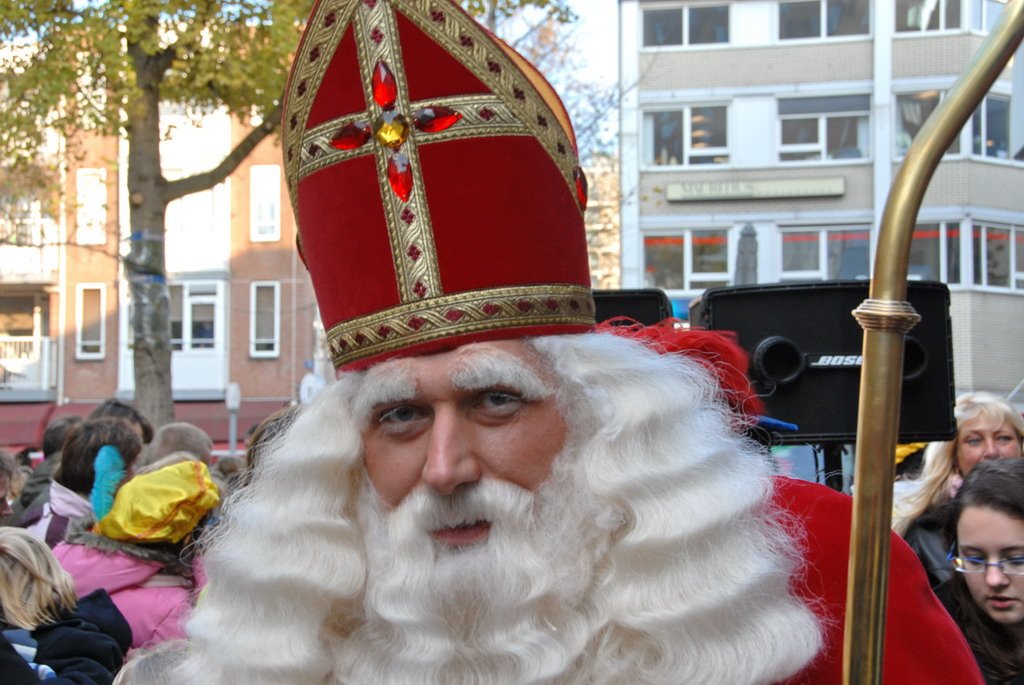
Christmas Eve (24th December)
December 24th – or ‘Wigilia’ as it’s called in PL - is one of the biggest feast days of the year and an important time to be with family. In fact, Wigilia is inarguably the most important day of the Christmas hoIidays in Poland. In 2025, it was finally made a day off, meaning you can now expect almost every shop in Kraków to be closed from December 24th to the 27th, so arrange accordingly. Many restaurants remain open, however, offering special Christmas Eve dinners, while others fulfill catering orders placed in the weeks leading up to the holiday.On the afternoon of the Eve on Kraków’s main square, free food is given out to the poor, and the length and composition of the resultant queues is a bit of a holiday spectacle in itself.
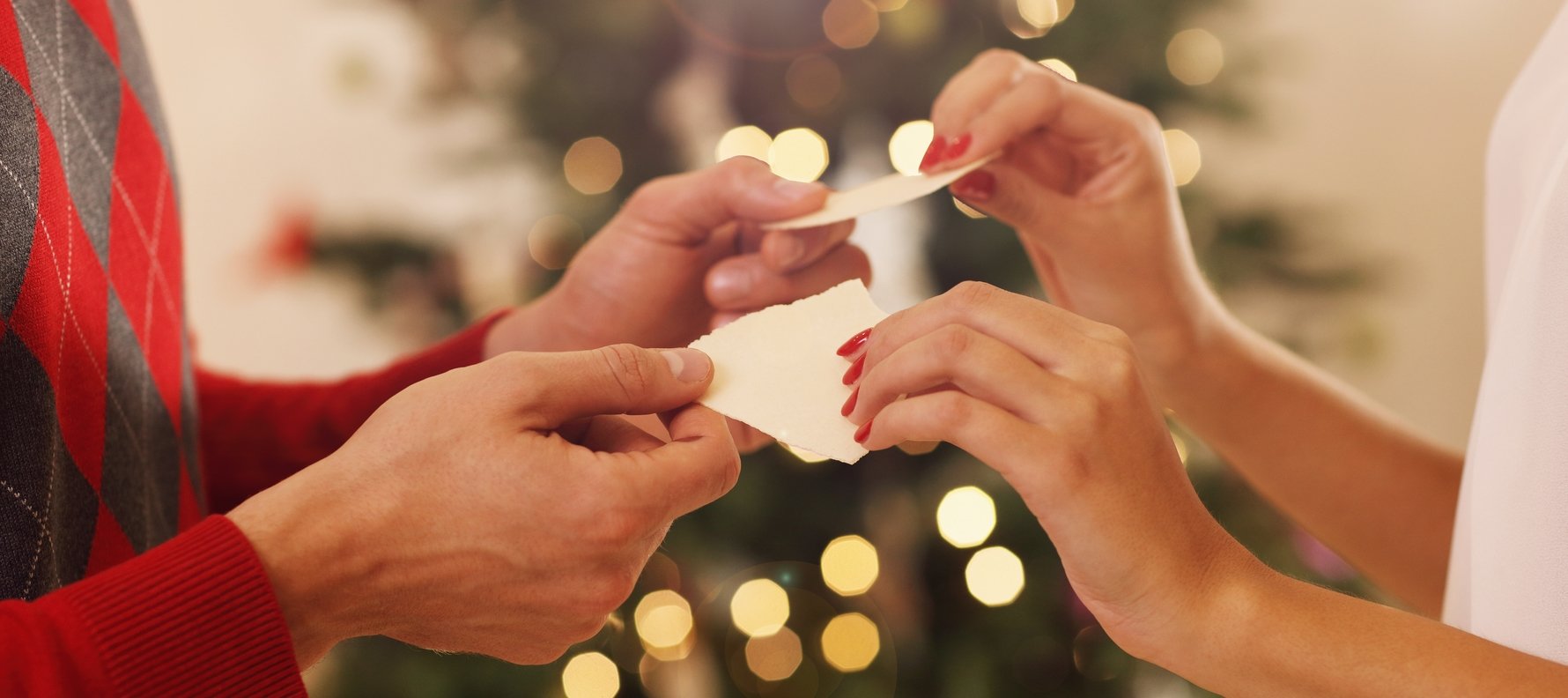
Dinner consists of a gut-busting twelve courses – one for each of Jesus’ disciples – and because it’s meant to be meatless, the main dish is traditionally carp, which apparently isn’t recognised as meat by Catholics (fish was Jesus’ favourite vegetable). In the days before Wigilia, large, writhing, mildly horrifying pools of carp can be found on the city’s squares waiting to be purchased and brought home for holiday dinner. During the scarcity of the communist times, it wasn't uncommon for the carp to be bought early and kept in the family bathtub for several days until it was time for the man of the house to clobber it, carve it and cook it. The dish was then served cold on Christmas Eve. ‘Smacznego!’ (Bon Appetit).
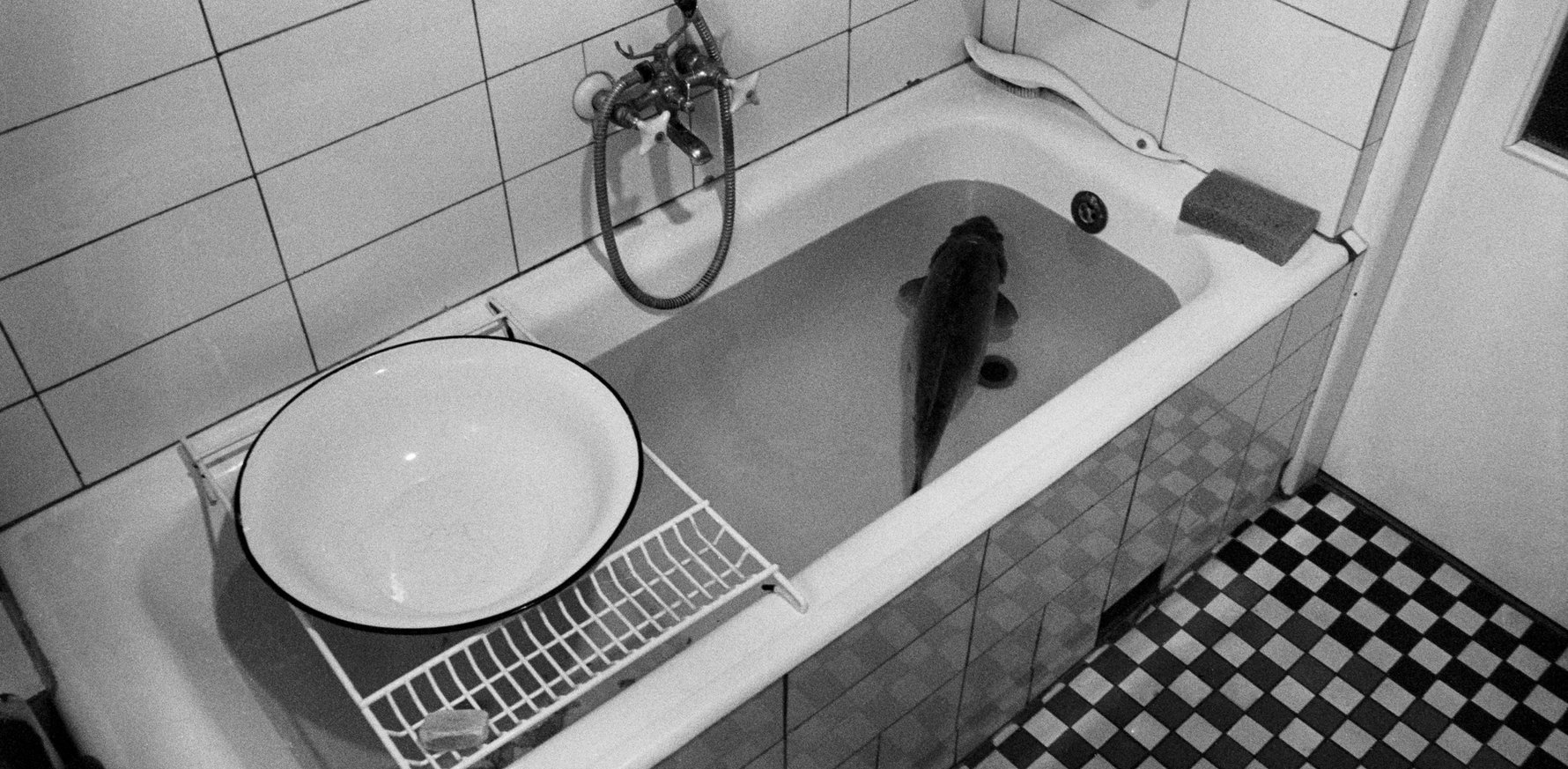
Other traditional dishes include żurek and barszcz – the traditional soups, poppy-seed pastries (makowiec), herring in oil (śledz), pickles and an assortment of other Polish salads and sides. The meal concludes with a round of belt-unbuckling, carol-singing and gift-unwrapping after the revelation that during the feast an angel has laid presents beneath the Christmas tree (St. Nick also gets an off-day for Wigilia). Alcoholic abstinence is the Wigila tradition most commonly overlooked, however, at midnight, most families head out in the cold to attend pasterka, or midnight mass.
Read our article on Wigilia - Poland's Christmas Eve Feast.
Nativity Scenes (Szopki)
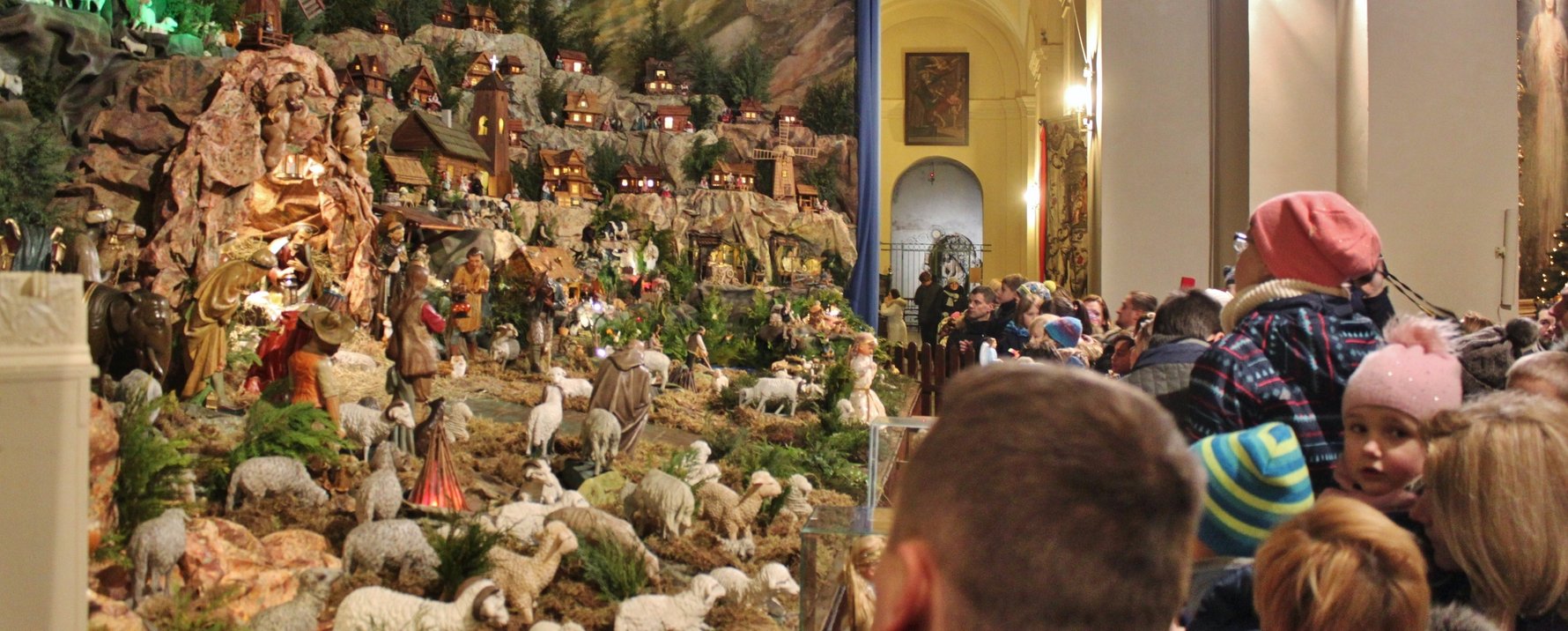
Christmas Day (December 25th)
After another morning mass, December 25th is reserved for visiting family and friends and a continuation of feasting (this time including meat and alcohol). While Christmas Day holds less importance and symbolism for Poles than Christmas Eve, it is still a public holiday and a time for family. Despite the gradual moves by many, particularly the younger generation, away from the Catholic Church in recent years, Christmas is still viewed with more religious significance than you might expect in your own country and even those who might not attend mass on a regular basis still respect the traditions of the holiday period. As such, you can expect the vast majority of bars and restaurants to be closed on Christmas Day and the Second Day of Christmas (December 26th), though some businesses are beginning to break this Catholic code of conduct.Live Nativity at St. Francis' Basilica (December 24 - 26th)
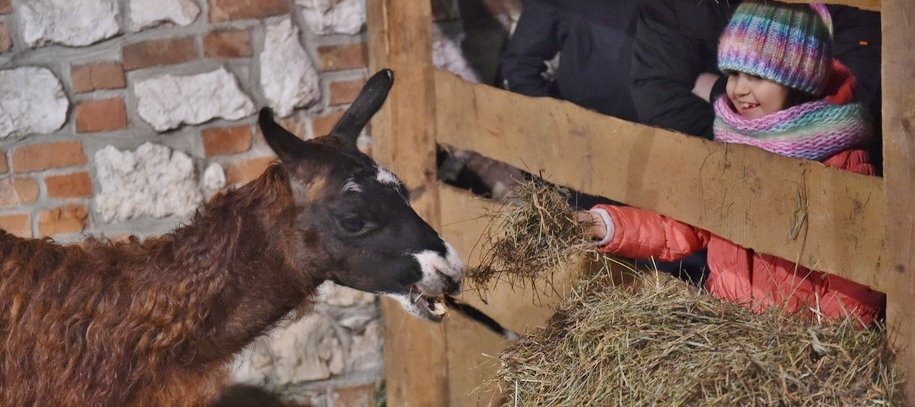
New Year’s Eve (December 31st)
December 31st is known locally as 'Sylwester,' and on this last night of the year every bar, club, restaurant and hotel in town will be hosting an all-night New Year’s Eve bash. Unfortunately, you have to pay to play and it’s wise to plan where you want to spend your evening since expensive tickets are required to enter most venues, and therefore pub crawling is not really an option. Your celebratory options are literally limitless, but if it's the last night of the year and you're still at a loss, you can always join the masses taking part in the free shenanigans the city organises each year.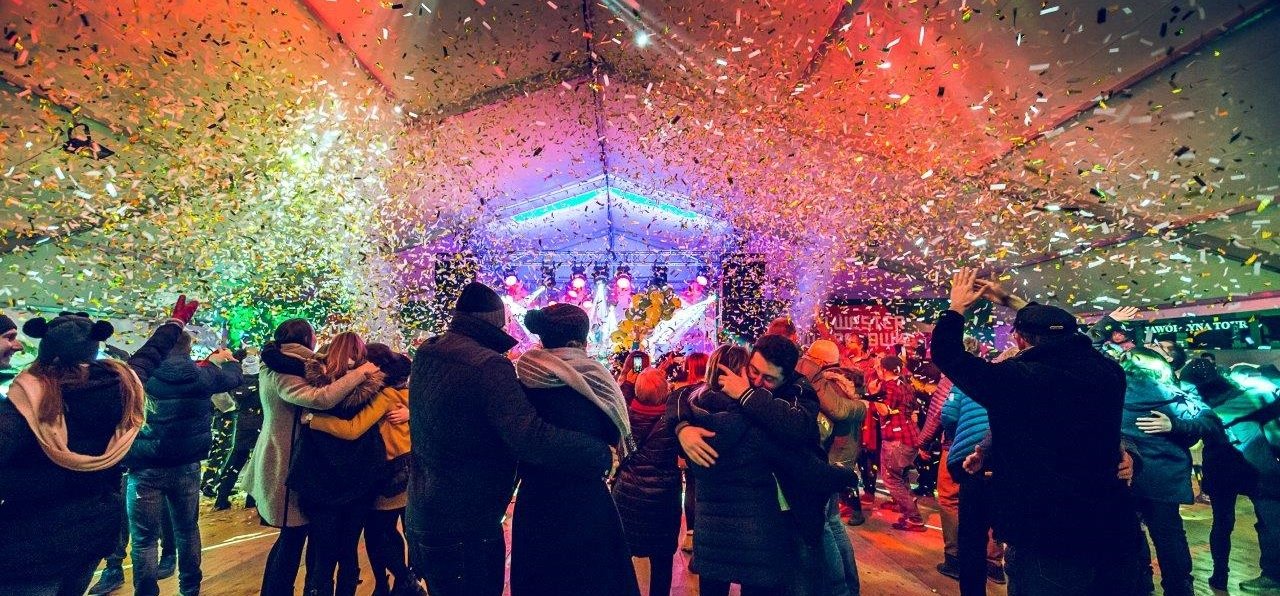
To combat extreme, borderline unsafe, congestion on the market square, as well as real concerns about smog, for the past several years Kraków's Sylwester celebrations have not included an official fireworks display, and have been spread out over several stages across the city. We usually see Polish stars performing on the market square near the Town Hall Tower (pop, hip-hop and rock), dancing lessons and a 19th-century ballroom vibe on Rynek Podgórski, and top DJs celebrating the 70th anniversary of Nowa Huta on Aleja Roź. The festivities typically run between 21:00 to 01:00 and we have full details here. You can also check out the full programme online via the city's dedicated website: sylwester.krakow.pl.
Three Kings Day (January 6th)
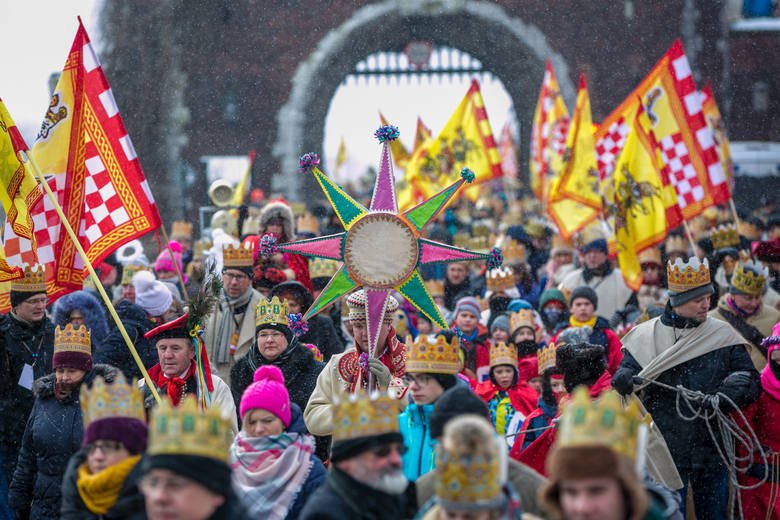
The spirit of the holiday season is kept strong across the country until January 6th – Three Kings Day or Dzień Trzech Króli. On this day mass is compulsory, of course, and with the Parliament making Three Kings an official work holiday again in 2011, there’s no longer any excuse for missing church. After prayers, it's time join in a Three Kings Day procession - a merry parade of costumed carollers passing out candy, which honours the three wise men who visited Jesus at his birth. This year in Kraków you have three processions to choose from, each led by a different king, or magi. The Red Procession, symbolising Europe, will depart from Wawel Castle at 11:00, after a 10:00 mass in Wawel Cathedral; the Blue Procession, symbolising Africa, will start depart from Plac Matejki at 11:00 after a mass in St. Florian's Church; and the Green Procession, symbolising Asia will depart from ul. Konferedecka in Dębniki at 10:30. All three processions will make their way to the Main Market Square, arriving around 11:45 for a bit of baby adoration during a live nativity, and plenty more carolling.
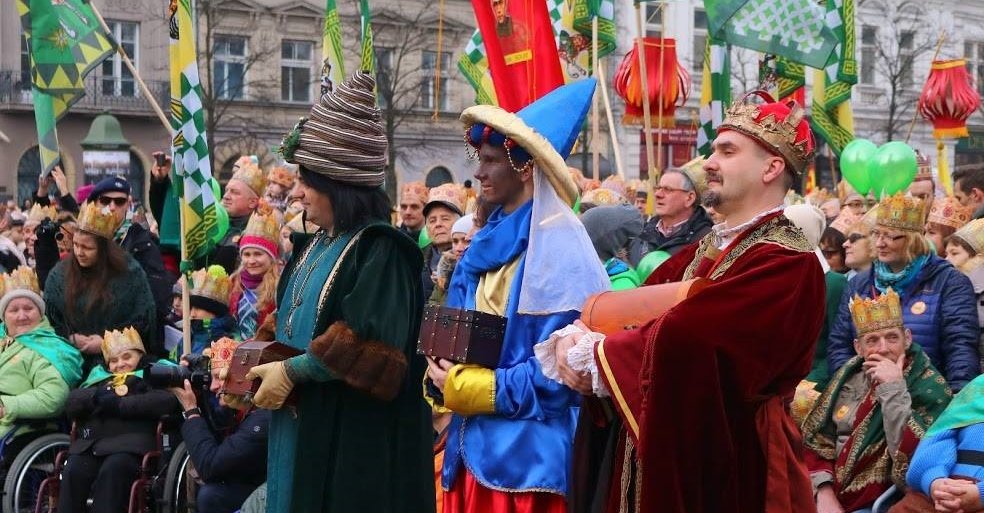
Another tradition associated with Three Kings is writing the initials of their names – Kaspar, Melchior and Balthazar – in chalk on the front door or above the threshold of the house. In Kraków this honour is reserved for a priest who visits during the holiday season, blessing the house for the coming year by inscribing the commonly seen ‘K + M + B 2026’ (for a small donation of course).
The decorations actually stay up and the Polish holiday season doesn’t officially expire until February 2nd when Saint Nick sees his shadow and it’s generally agreed that every family should toss their Christmas tree. For more information about specific holiday happenings around this merry ‘miasto’, including the Great Orchestra of Christmas Charity, check the links below or head to our Events section, and have yourselves a merry little Christmas, one and all.



Comments